Understanding Composite Supply in GST: Definition and Importance
under the GST, what constitutes goods and services, as well as the place and rate of each item are well defined. Business comprises several deals where there is the sale of more than one product or service in one deal. Composite supply occurs if different products or services are offered together to serve an intended purpose. Composite supply understands both consumer and business use because this affects both price and tax rules, and even the rights of consumers. In this article, we will describe what is composite supply in GST, examples of composite supply in GST, and composite and mixed supply in GST.
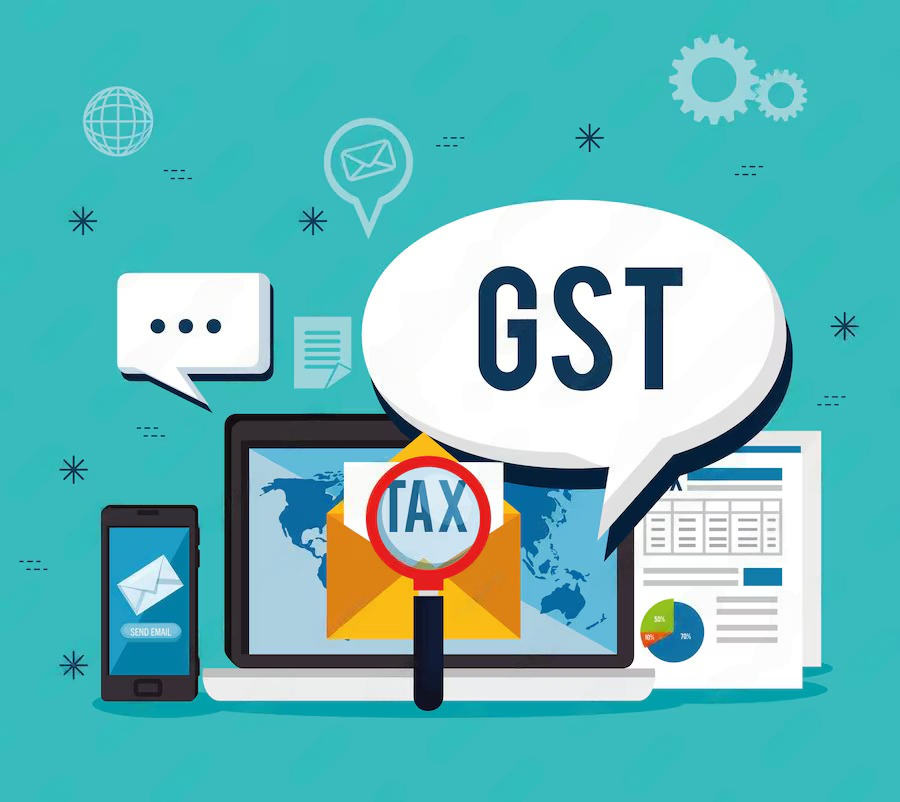
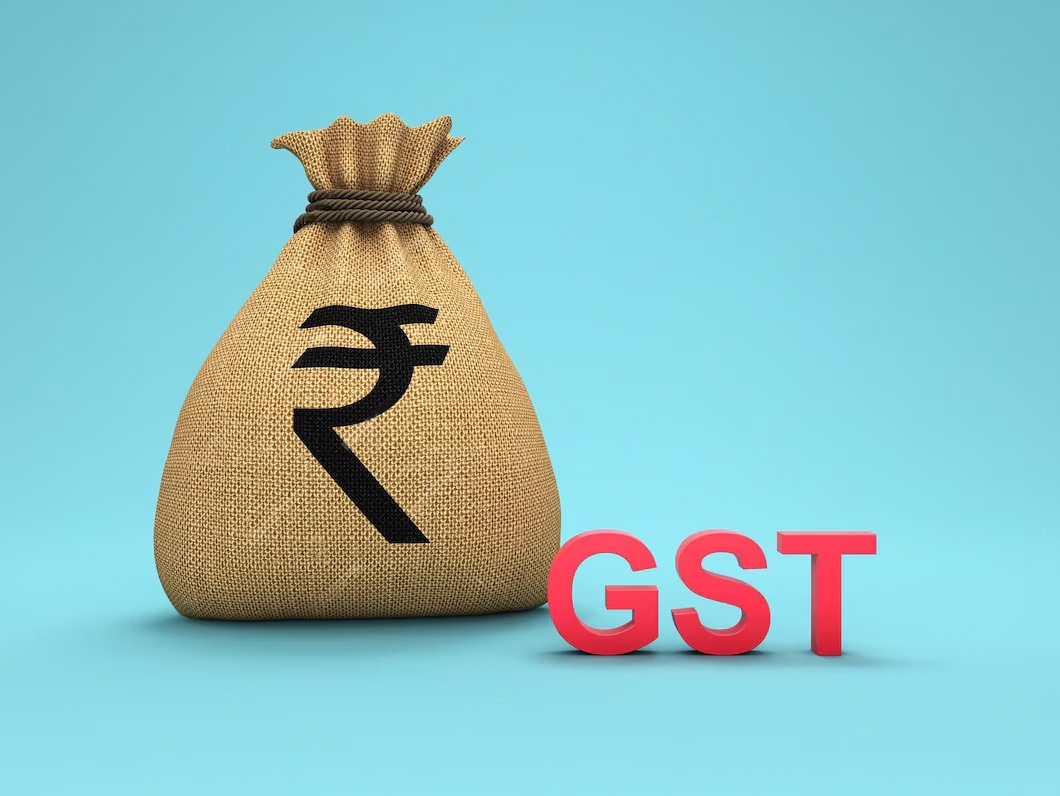
What is Supply under GST?
The supply can be defined as goods and services. It is created for a price during the course of business and includes the following:
- Sale
- Exchange
- Transfer
- Rental
- Lease
- License
- Disposal etc
What is Composite Supply in GST?
Composite supplies are two or more goods or services that need to be sold together and cannot be individually sold. Each composite supply contains a principal supply also known as the main supply. The principal supply is the thing required by all the consumers, which is present in all composite supplies. All other things adding value to the main supply are called supporting components. The GST rate of a composite supply is decided by the principal supply.
Below we have illustrated two examples of composite supply in GST:
-
Example 1:
Here we are taking a box of chocolate gift wrappers as an example. Here, chocolates are the main component, but a box, gift wrapper, message card, and gift-wrapping service are supporting items. The supporting items cannot be sold independently of the chocolates. That is a composite supply; hence, the GST rate should be the same as the rate for chocolates.
-
Example 2:
A car dealer sells four brand-new cars with some other benefits. Benefits include free maintenance services, tool kits, and first aid kits, along with a free insurance policy. Here also is a composite supply because the car forms the principal item required before the free services and insurance can be rendered.
Note: The shipping charges associated with the composite supply are equivalent to the tax rate of the principal supply.
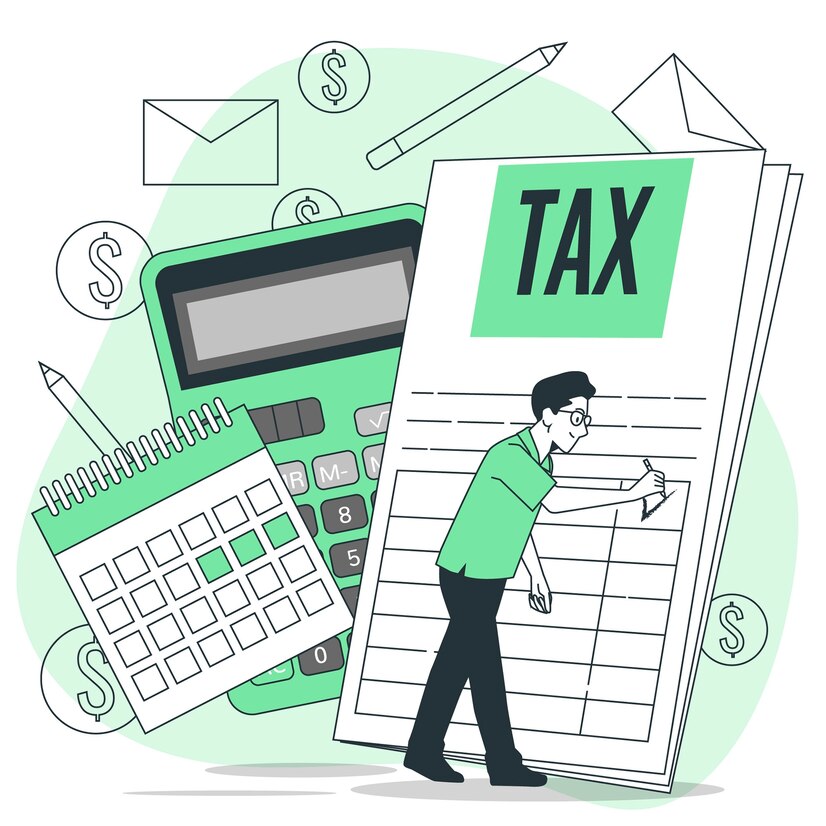
Do you want to know more about our hihellohr Software?
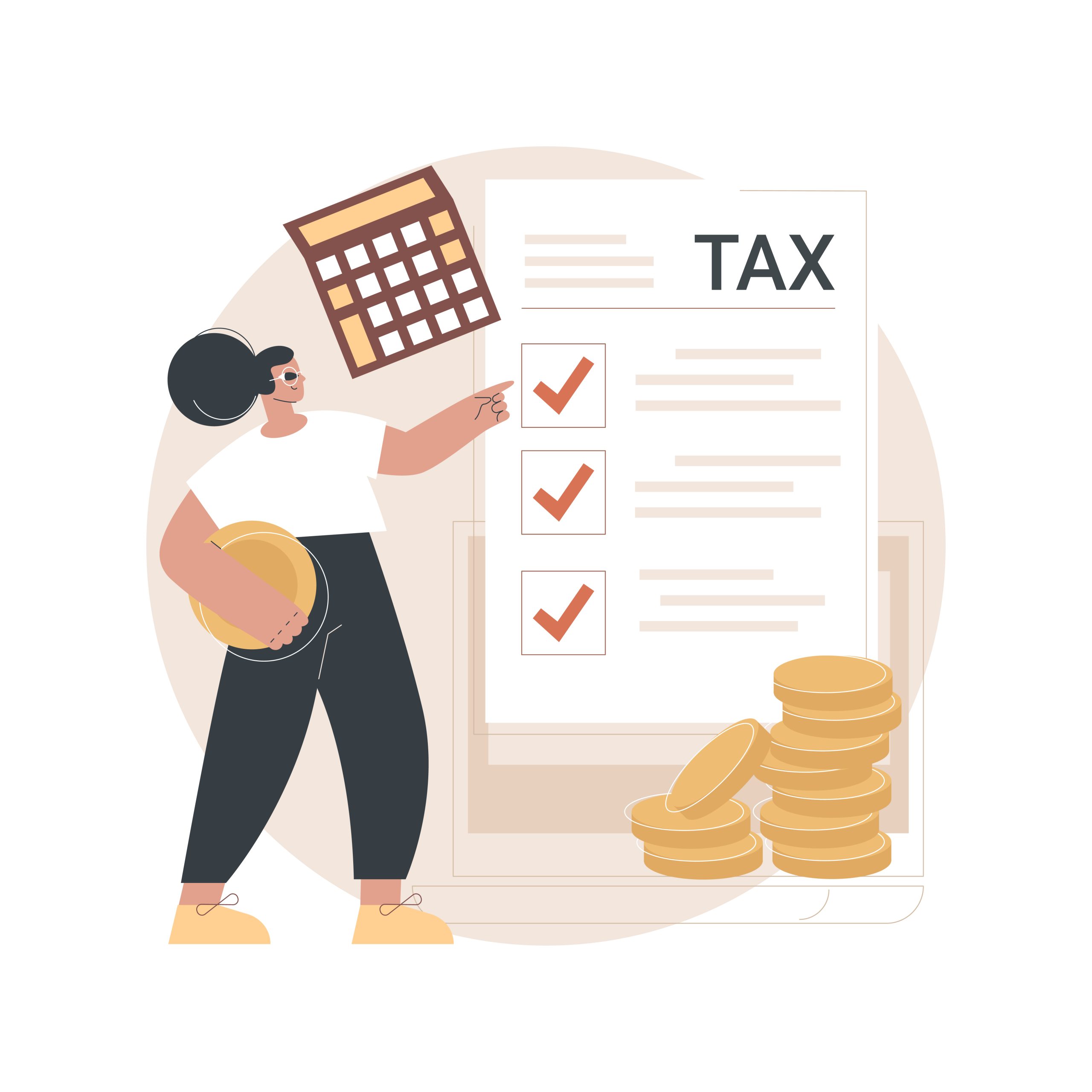
What is Mixed Supply Under GST?
The mixed supply under GST is a new concept. It covers the combined supplies no matter if they are related or not. If the supplies are sold as a combination, it can be referred to as a “composite supply”, or “mixed supply”.
A mixed supply is a combination of two or more individual products that are combined together as a bundle. Even if the products are combined they can also be sold separately.
For a mixed supply, the GST rate of the goods with the highest rate is considered the principal supply. The entire package is charged at the same rate even if it is not the principal ingredient of the package.
For example, a plant nursery sells a package of cut flowers, ornamental plants, and gardening services. The GST rate for flowers and plants is 5% while the GST for gardening services is 18%. When a package is sold, the GST will be 18%.
Note: If a shopkeeper dispatches a mixed supply, then the shipping charge shall be charged at the same rate of GST applied to the highest GST rate attracting in the entire package.
How to Determine if it is a Mixed Supply or a Composite Supply?
First, you must determine if it is a composite supply. It is considered a mixed supply only if it is not a composite supply. If the supplies could be supplied separately and have no tendency to be supplied together as an ordinary course of business, then it’s a mixed supply.
-
Example
Suppose one buys canned foods, sweets, chocolates, cakes, dry fruits, aerated drinks, and fruit juices from a shop, say, HDFC bank, individually and not in the form of a Diwali gift box. That would not be a mixed supply. Each item will be charged.

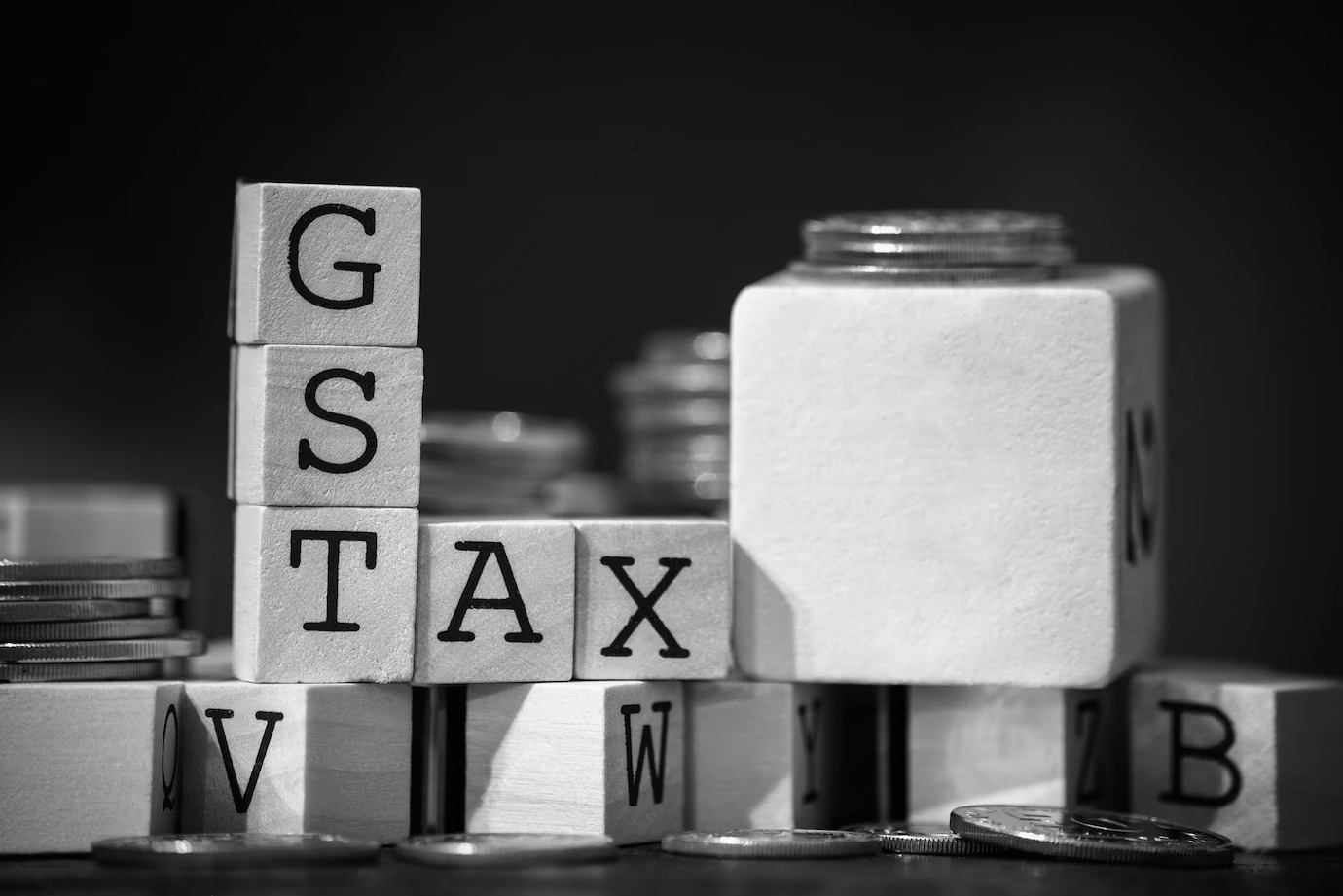
Difference Between Composite and Mixed Supply in GST
Composite and mixed supplies seem quite similar because they are both based on a bundle of goods or services sold for one price. However, the two are handled very differently by tax authorities. This is the reason why:
- Difference 1: Head supplies: In a composite supply, either one of the goods or services needs to be considered as a principal part, like in a hotel room along with towels. In a mixed supply no item need necessarily be the principal but the one at which the maximum GST rate applies is treated as principal.
- Difference 2: Individually available Supplies: In composite supply, if we sell the secondary items separately then it doesn’t make sense (For example, a set of towels with a hotel room-would not make sense to sell separately). In mixed supply, every product might be sold individually, For example, a pack of snacks and beverages.
Conclusion
Composite supply refers to a group of things or services that are gathered together to give one primary purpose. In this case, customers and businesses need to understand the meaning of composite supply and what implies it. Customers understand which is the main service or commodity of the bundle or which one is secondary, and businesses get along fine with proper pricing and tax rules.
Related Articles:




